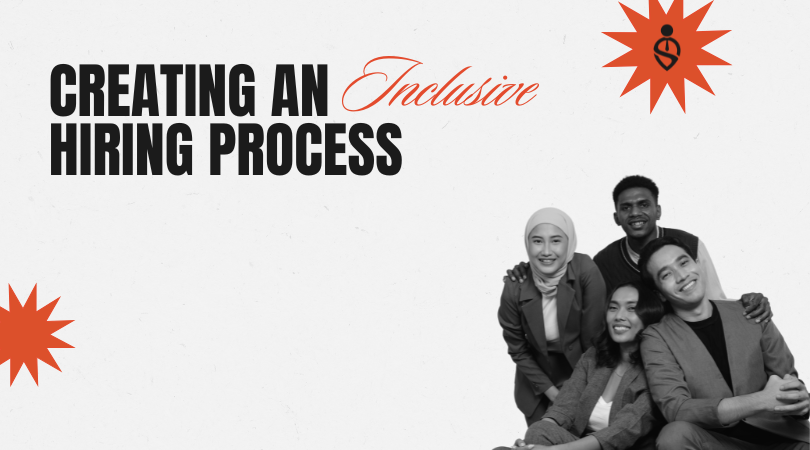Inclusive hiring is a vital aspect of building a diverse and successful team. By focusing on inclusive hiring practices, businesses can foster a work environment that welcomes and supports individuals from various backgrounds. In this blog, we’ll explore key strategies for creating a hiring process that can help your organization attract top talent and drive innovation.
Understand the Importance of Inclusive Hiring
Inclusive hiring goes beyond meeting diversity quotas. It involves creating a fair and equitable hiring process that gives all candidates an equal opportunity to succeed. According to a report by the Harvard Business Review, diverse teams are more innovative and perform better financially. This highlights the significance of an inclusive environment for the overall success of a business.
Craft Inclusive Job Descriptions
The journey to inclusive hiring begins with the job description. Ensure your job postings are free of biased language and focus on essential skills and qualifications. Use gender-neutral language and avoid jargon that may deter potential candidates. For example:
- Instead of: “We’re looking for a rockstar developer.”
- Use: “We’re looking for a skilled software developer.”
Implement Blind Hiring Practices
Blind hiring is an effective strategy to reduce unconscious bias in the hiring process. This involves removing identifying information such as names, gender, and age from resumes during the initial screening. By focusing solely on candidates’ skills and experiences, you can make more objective hiring decisions.
Diversify Your Recruitment Channels
Utilize a variety of recruitment channels to reach a broader audience. Partner with organizations that focus on underrepresented groups and attend diversity-focused job fairs. Additionally, leverage online platforms and social media to promote your job openings to diverse communities.
Train Hiring Managers on Unconscious Bias
Unconscious bias can significantly impact the hiring process. Providing training for hiring managers on recognizing and mitigating these biases is crucial. According to the Society for Human Resource Management (SHRM), continuous training and awareness can help create a more inclusive environment.
Standardize Interview Processes
Standardizing your interview process ensures that all candidates are evaluated based on the same criteria. Use structured interviews with predefined questions and rating scales. This reduces the likelihood of bias and allows for a fair comparison of candidates’ abilities and fit for the role.
Foster an Inclusive Work Environment
Creating an inclusive hiring process is just the beginning. Once you’ve hired diverse talent, it’s essential to foster an inclusive work environment where all employees feel valued and supported. Implement policies and practices that promote diversity, equity, and inclusion in the workplace.
Conclusion
Creating an inclusive hiring process is a continuous journey that requires commitment and effort. By crafting inclusive job descriptions, implementing blind hiring practices, diversifying recruitment channels, training hiring managers on unconscious bias, standardizing interview processes, and fostering an inclusive work environment, you can attract and retain top talent from diverse backgrounds. Embracing inclusive hiring not only enhances your organization’s innovation and performance but also reflects your commitment to building a more equitable workplace.
For more insights and resources on inclusive hiring, explore our blog and join the community of professionals dedicated to fostering diversity and equity in the workplace.




